In 2025, Google Ads transparency has become a defining trend in the marketing landscape. With Google’s latest ad labeling update, every ad now includes a “funded by” label, giving users clear visibility into the identity behind paid promotions. This change isn’t just cosmetic—it significantly impacts digital ad strategy, pushing brands to rethink how they build advertiser trust signals and manage how users perceive ads.
For advertisers, this is both a challenge and an opportunity. If done right, transparency can become a major asset in building credibility and driving conversion.
What Is Google Ads Transparency?
Understanding the “Funded by” Ad Labeling Update
With Google Ads transparency, users now see exactly who is paying for the ads they view. This initiative enhances accountability by discouraging misleading or ambiguous ad sponsorships.
Why it matters:
- Supports ethical advertising practices.
- Helps users evaluate ad credibility at a glance.
- Improves brand recognition and trustworthiness.
This shift requires advertisers to be fully upfront with their identity—especially those operating under multiple entities or through affiliate programs.

How Google Ads Transparency Impacts Your Digital Ad Strategy
With more eyes on who funds ads, marketers need to rework their approach. Transparency will affect everything from copywriting to campaign design.
Key shifts for marketers include:
- Clear brand attribution in every ad.
- Simplified messaging aligned with disclosure standards.
- Smarter segmentation to avoid mixed-brand confusion.
A transparent digital ad strategy now goes beyond clicks—it’s about trust, clarity, and long-term engagement.
Boosting Advertiser Trust Signals in the Age of Transparency
As Google Ads transparency evolves, advertiser trust signals become essential. Brands that show accountability are more likely to be favored by users.
How to reinforce trust:
- Always include a recognizable brand or company name.
- Avoid clickbait or sensationalist messaging.
- Ensure consistency across ads, landing pages, and metadata.
This new environment rewards brands that are upfront and ethical—especially when users have grown increasingly aware of manipulative advertising.

How Users Perceive Ads Will Never Be the Same
The New User Mindset
Thanks to Google Ads transparency, user behavior is changing. Users are now more cautious, seeking clarity before clicking.
They tend to:
- Engage more with brands that disclose their identity.
- Question vague or unauthenticated ads.
- Make decisions based on who funds the content.
Understanding how users perceive ads helps marketers refine tone, visuals, and targeting.
Ethical Marketing as a Competitive Advantage
For brands already committed to ethical marketing, this is your moment. Google Ads transparency levels the playing field and rewards integrity.
Practical tips for success:
- Review your current campaigns for full compliance.
- Use transparency to create deeper brand-consumer relationships.
- Educate your audience about your mission and sponsorship model.
At Webie, we help businesses adapt their digital ad strategy to remain compliant and competitive in an evolving ad ecosystem.

Stay Informed with Bozzabench
Want to go deeper into marketing trends like Google Ads transparency? Tune into our expert-led Bozzabench Podcast—where we decode complex topics like advertising ethics, consumer behavior, and brand strategy.
Conclusion: Transparency Is the Future of Google Ads
As Google strengthens ad accountability, It becomes a must-have—not just a nice-to-have. Marketers who adapt early will build trust, outperform competitors, and thrive in a more honest digital world.
Align your efforts today. Because transparency isn’t just Google’s new feature—it’s the foundation of sustainable advertising.


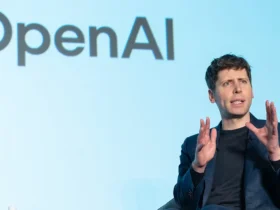



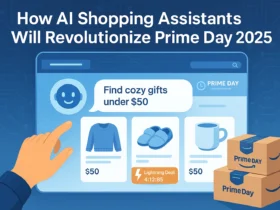

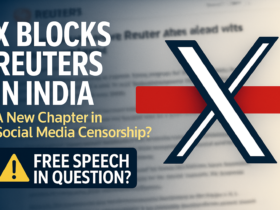




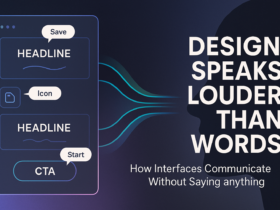

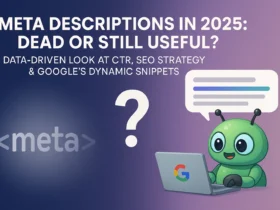
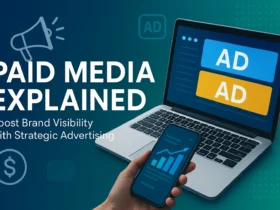










Leave a Reply